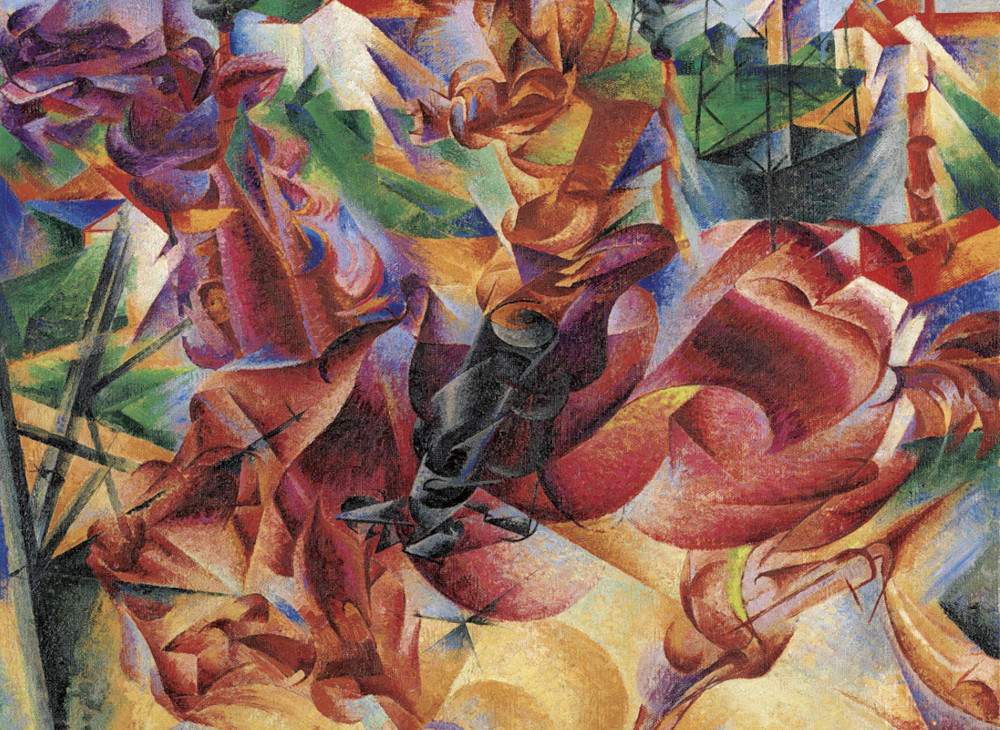Milan ’s Museo del Novecento has selected some of its masterpieces to digitize them with gigapixel technology, thanks to Haltadefinizione, a tech company of Franco Cosimo Panini editore, in collaboration with partner Memooria. After Pellizza da Volpedo’s Fourth Estate, it is in fact the turn of masterpieces displayed in the recently renovated halls, so as to monitor their state of preservation.
“The acquisition of works of art with gigapixel technology makes it possible to collect information useful for monitoring in a totally non-invasive and non-damaging way for the original,” says Luca Ponzio, founder of Haltadefinizione, “and at the same time allows us to contribute to the enjoyment and enhancement of the works themselves.”
The new digitized works are Elasticity (1912), Human Body(Dynamism, 1913) and Dynamism of a Human Body (1913) by Umberto Boccioni, Amedeo Modigliani ’s Portrait of Paul Guillaume (1916), Paul Klee ’s Wald Bau (1919) and Vasily Kandinsky ’s Composition (1916).
The masterpieces captured with gigapixel technology will be visible to the public on the website of the Museum of the Twentieth Century and Haltadefinizione to discover the most minute details of the Futurist paintings. The innovative photographic technique makes it possible to obtain a large-format, high-resolution (minimum 800 ppi)digital image that is extremely sharp and accurate. The high precision makes it possible to faithfully reproduce a work of art, both in proportions and color, and to observe it in detail down to the smallest details. Thus, it proves to be an important tool for the monitoring and conservation of cultural heritage: peculiarities such as micro-lifts, cracks or degradation patterns in the paint film, which would be invisible or unidentifiable to the naked eye, can be documented and studied through in-depth digital inspection of the work’s surface.
Image: Umberto Boccioni, Elasticity (1912; oil on canvas; Milan, Museo del Novecento)
 |
| Museum of the Twentieth Century, digitized in gigapixels masterpieces by Boccioni, Klee, Modigliani and Kandinsky |
Warning: the translation into English of the original Italian article was created using automatic tools. We undertake to review all articles, but we do not guarantee the total absence of inaccuracies in the translation due to the program. You can find the original by clicking on the ITA button. If you find any mistake,please contact us.